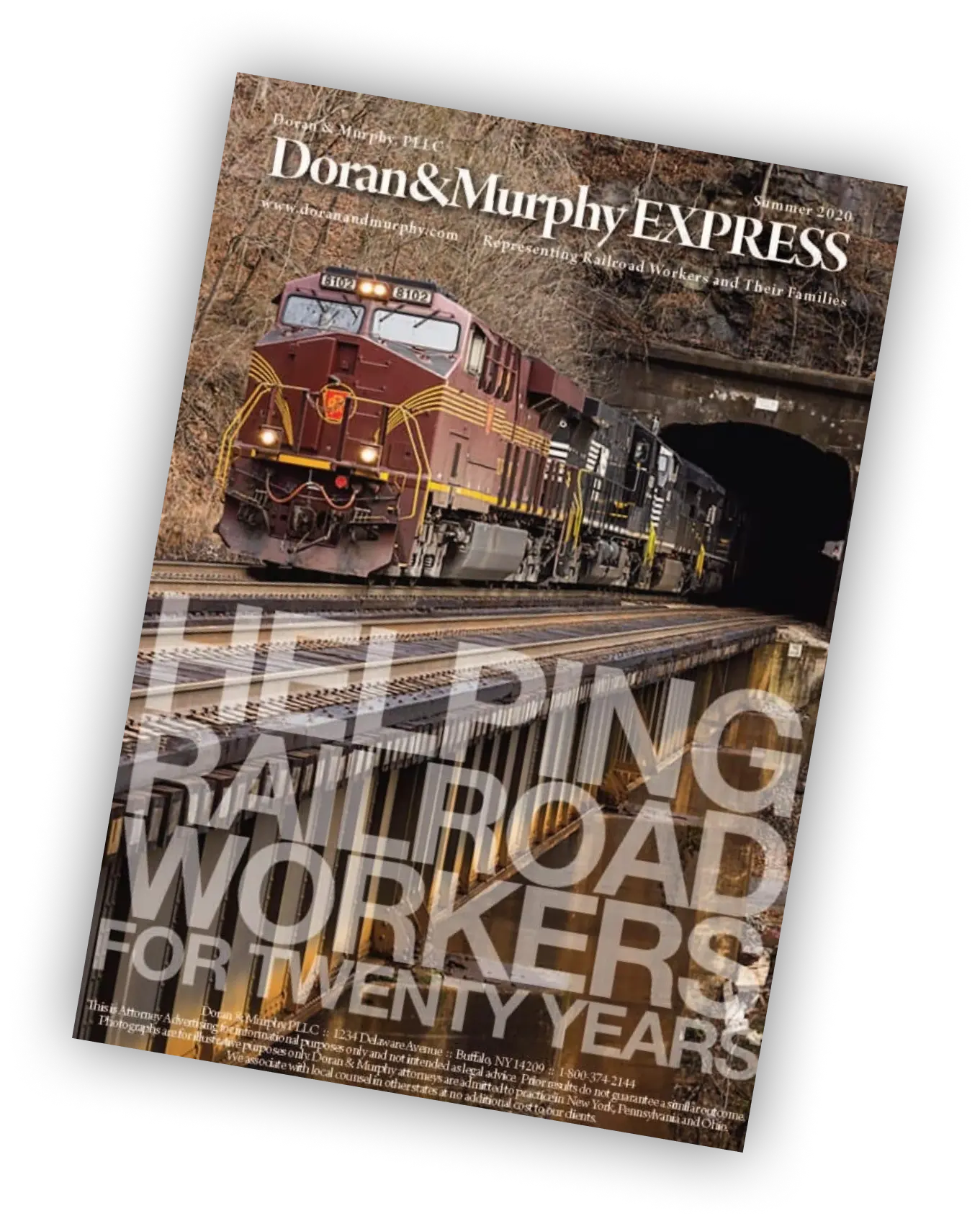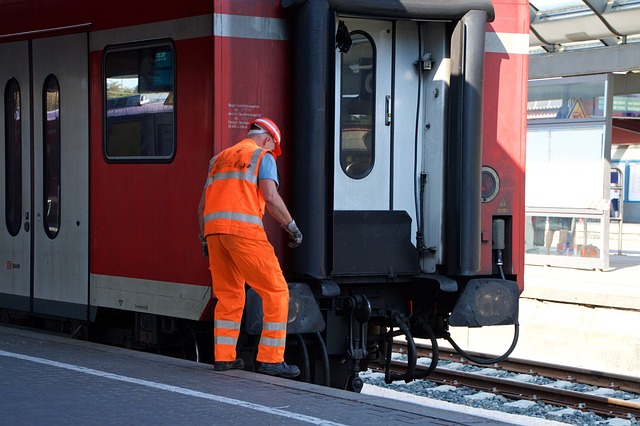
Often times when railroad workers call our office about whether their cancer could be work-related, they bring up the diesel exhaust fumes they worked around from running diesel-powered locomotives. Without question, locomotive diesel exhaust is a huge source of exposure for railroad workers, especially locomotive engineers, firemen, brakemen, and conductors who worked for many years on older locomotives that put out excessive exhaust. A prior blog highlighted that the nation’s railroads have been aware since the 1950s that diesel exhaust exposure was a potential cancer hazard. In many cases, our office has been able to identify significant sources of hazardous diesel exhaust exposure that are often forgotten by workers because they often occurred decades ago. So what are these other sources of toxic diesel exhaust exposure?
- Cabooses: Up until the 1980s, railroad brakemen and conductors worked on cabooses at the rear of trains. These workers would regularly breathe in the diesel exhaust from the locomotives at the “head end” of the train. In addition, these cabooses were heated with stoves that burned kerosene or diesel fuel. The exhaust from this combustion source created unsafe exposures due to improper stove and flue maintenance. In fact, a 1977 Federal Railway Administration (FRA) publication recognized the hazards of improper stove maintenance: “Faulty maintenance of these heaters could vent potentially toxic fumes into the caboose from leaking combustion chambers and exhaust systems; fuel-oil fumes could be formed by evaporation of leaking fuel-supply systems…The oil-fired stove produces the same exhaust as a diesel engine, but with significantly different concentration levels…oil-fired boilers can be put off adjustment (usually indicated by high levels of odor and smoke) and emissions can increase considerably.” The FRA found that Carbon Monoxide (CO) concentrations were approximately 100 times higher for a poorly maintained stove as compared to a properly maintained stove. Many of the gaseous components of diesel exhaust, especially PAHs and benzene, have been linked to cancer deaths.
- Diesel-powered track equipment: The railroad used diesel-powered track equipment in its maintenance of way operations. These huge pieces of equipment included tampers, ballast regulators, backhoes, spikers, tie-inserters, track brooms, and many more. Oftentimes times there would be ten or more pieces of large track equipment operating at the same time on the section of track being maintained. The exhaust from all these pieces of track equipment could lead to unsafe exposures for track workers, trackmen, and machine operators and place them at risk of developing cancer years later. More recently, enclosed cabs have become commonplace on track equipment but that was not always the case.
- Diesel-powered welders: Oftentimes track welders used diesel-powered welders which were transported on company-provided vehicles, which also were often diesel-powered. In welding operations that could last hours at a time, the diesel-powered trucks and welders would be belching out exhaust fumes near rail workers. These fumes were hazardous, as were the welding fumes created by the welding process itself, and created cancer risks for these workers.
- Shop exposures: Diesel locomotives are repaired in diesel shops and roundhouses. Today most railroads have procedures that prohibit and/or limit the running of locomotives inside a repair shop. However, decades ago there were no such protections, and as a result shop workers, locomotive mechanics, machinists, electricians, sheet metal workers, and others would be forced to breathe diesel exhaust fumes during the course of their shifts. Load testing done on locomotives also created huge diesel exhaust exposures for shop workers and anyone working nearby. While ventilation could have lessened the exposure, many times the ventilation system was not working properly. The railroad industry trade group, the Association of American Railroads (AAR), knew this as early as 1965. According to AAR meeting minutes, one railroad medical doctor told a large group of railroad Medical Directors from all over the country in 1965, “I am sure that none of us are so naive that we are not cognizant of the problems arising in our shops and roundhouses due to air pollution from diesel exhaust and other air contaminants…In previous years, due to financial harassment, some railroads overlooked shop ventilation. Even today, not all shops and roundhouses are equipped with ventilatory fans, and not all fans are in working order. During the winter months, shops are poorly ventilated, due to windows and doors being closed, and men actually are working under conditions less than ideal.”
Railroad workers suffering from cancer should carefully consider ALL of their sources of diesel exhaust exposure. They should also speak to coworkers who can help them identify other long-forgotten exposures. Just because these dangerous exposures happened years ago, that doesn’t mean they should be ignored!





